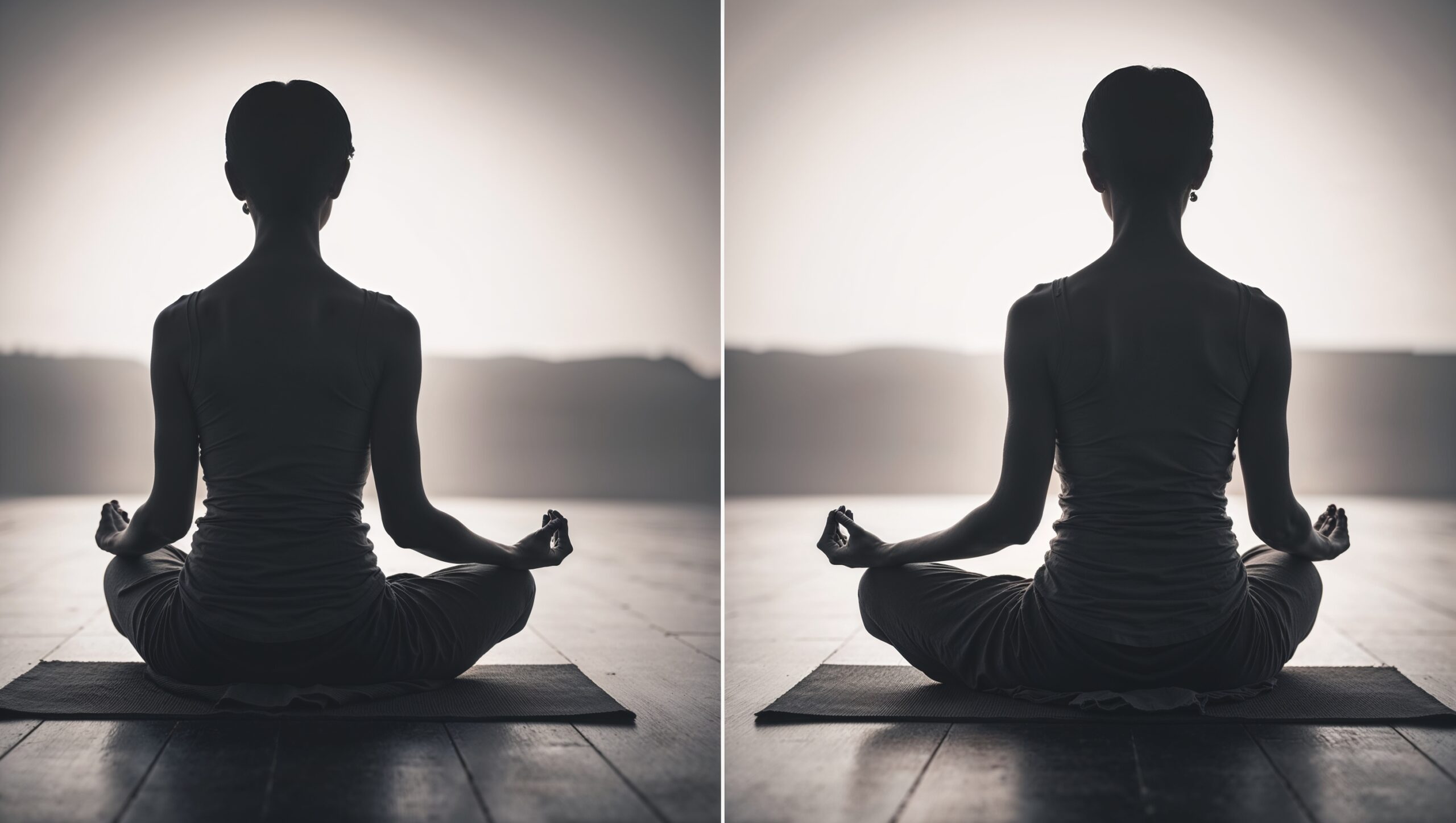In today’s fast-paced world, we often view constant thinking as a sign of productivity. But what if true peace, creativity, and focus could be found in not thinking? Imagine having the ability to quiet your mind at will, to access calm states that help you tackle the day with clarity and purpose.
In this guide, we’ll explore the art of “not thinking,” the benefits of learning to control your thoughts, and the modern and ancient tools available to help you master this skill. Let’s dive into a journey of inner peace, mental clarity, and practical resources designed to make it easier to find calm.
1. Why Learning the Art of “Not Thinking” is Life-Changing
When we’re lost in thought, our minds can quickly spiral into cycles of stress, worry, and fatigue. Learning how to switch off our thoughts when needed can lead to:
- Reduced Stress and Anxiety: Mental overload is closely linked to stress and anxiety. Developing the ability to stop excessive thinking can be a key to breaking this cycle.
- Improved Focus and Creativity: When you turn off mental clutter, focus deepens, and ideas can emerge freely. This kind of single-pointed focus allows creativity to flourish.
- Enhanced Emotional Health: By stepping back from constant thought, you gain control over your emotional state, empowering you to respond rather than react to situations.
Affiliate Tip: Apps like Headspace and Calm (affiliate links) offer guided meditations and mindfulness techniques, which are fantastic starting points for learning to control and quiet your thoughts.
2. Ancient Techniques for “Not Thinking”
Ancient wisdom holds that the mind can find peace through stillness. Here are a few practices with roots in ancient cultures, ideal for training the mind to let go:
- Zen and Mindfulness Meditation: Zen meditation encourages observing thoughts without attachment, often achieving a state of “no mind.” Mindfulness, similarly, teaches awareness and acceptance, allowing thoughts to pass without entangling in them.
- Wu Wei (Non-Action) from Taoism: Wu Wei teaches effortless action, where the mind flows naturally without force or overthinking. This idea of “non-doing” is a mental art that allows calm and clarity.
- Breath Awareness: Focusing on the breath is one of the simplest ways to still the mind. By concentrating on each breath, the mind naturally quiets, allowing for moments of peace.
Affiliate Tip: For comfort and support during meditation, try the Manduka Meditation Cushion (affiliate link), perfect for helping you settle into a peaceful practice.
3. Modern Techniques to Train Your Mind to Let Go
Today’s world provides additional resources to support mental stillness. Here are a few methods that can be seamlessly integrated into daily life:
- Mindfulness and Cognitive Behavioral Therapy (CBT): Combining mindfulness with CBT techniques can help you observe and let go of negative thought patterns, allowing you to break free from mental loops.
- Neurofeedback Devices: Devices like the Muse S Headband (affiliate link) track your brainwaves and provide real-time feedback to guide you into relaxed, mindful states.
- Guided Journaling: Journaling can “offload” mental clutter, creating more space for quiet and calm. Tools like BestSelf Co.’s Meditation Journal (affiliate link) provide prompts that help you reflect, release thoughts, and focus on the present.
Affiliate Tip: If you’re interested in neurofeedback, the Muse S Headband (affiliate link) is a fantastic tool, providing live brainwave tracking that helps train your mind to find and sustain peaceful states.
4. How Learning to Turn Off Thoughts Can Transform Your Life
Imagine the power to turn off your mind at night, to pause before reacting to stress, or to focus entirely on one task at a time. Here’s what learning to turn off thoughts can do:
- Increased Productivity: When you’re able to reduce mental clutter, you can focus deeply and accomplish tasks more effectively, achieving a state of “flow.”
- Better Decision-Making: Instead of making choices under pressure, you can access clarity and calm, leading to wiser decisions.
- Heightened Contentment: A quiet mind can be a source of joy. Free from constant mental noise, you’re able to enjoy life’s moments more fully.
Affiliate Tip: The Apollo Neuro Wearable (affiliate link) uses gentle vibrations to help you enter relaxed states, which can be useful for both focus and calm, especially for those who find traditional meditation challenging.
5. Practical Steps to Start Your “Not Thinking” Journey
Ready to start developing this skill? Here’s how to ease into the practice of quieting your mind:
- Begin with Small Quiet Times: Spend 5–10 minutes daily focusing on your breath or simply sitting in silence.
- Explore a Timer or App: Apps like Insight Timer and 10% Happier (affiliate links) offer courses specifically designed for practicing mental stillness.
- Pause and Observe: Throughout the day, practice pausing for 30 seconds to observe your mind. This simple exercise helps you build awareness and control over your thought patterns.
- Write It Out: If certain thoughts keep recurring, try journaling. Writing can help organize and release thoughts, reducing the mental load.
Affiliate Tip: For a structured mindfulness practice, try using a weighted blanket by Gravity (affiliate link) for enhanced comfort, or the QuietOn 3 Sleep Earbuds (affiliate link) to help you shut out noise and achieve true silence in your mind.
In a world that values relentless thinking and productivity, choosing stillness is a radical act. Embracing the art of “not thinking” allows you to reclaim your mind, live more fully in each moment, and find a profound sense of inner peace. The tools, practices, and resources in this guide are here to help you achieve that.




